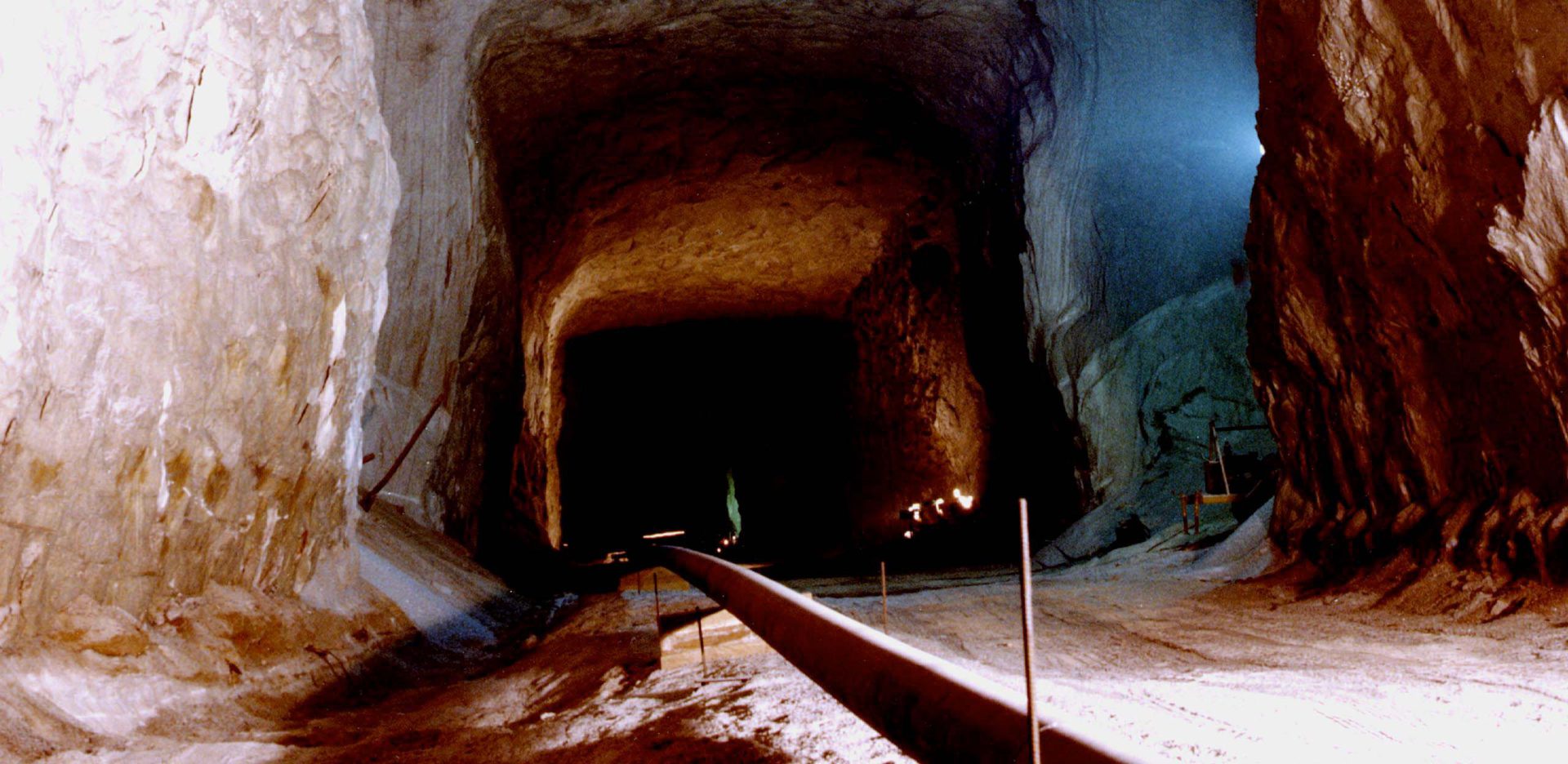
The following letter was sent on October 27, 2022 to Senators Joe Manchin and John Barrasso, chairman and ranking member, respectively, of the U.S. Senate Committee on Energy and Natural Resources.
Dear Chairman Manchin and Ranking Member Barrasso:
The powerful role the United States currently plays in global oil and gas markets is due to the far-sighted leadership and historic accomplishments of this Committee. As a professional staff member for much of the past decade, I was honored to advise on issues related to strategic economic and energy security issues.
I am gravely concerned that the current administration’s ongoing series of sales from the Strategic Petroleum Reserve (SPR) threatens its operational viability. Never before has the SPR released so much oil, at such a rate, and over such a long period of time.
The SPR is a brilliant feat of engineering operated by professionals with some of the most important jobs in the entire Department of Energy complex. The reserve consists primarily of underground salt caverns filled with oil and a system of wells, pipelines, and pumps that use water and brine to control where that oil is transported. This system design is conducive to the strategic mission of protecting the nation during major oil supply disruptions, providing significant volumes of oil when they are most needed. Every single fill and refill stress the structural integrity of this system. In the same way that a sand castle is not designed to withstand repeated waves, neither is the SPR designed for endless cycles of tactical market intervention. The SPR system is also sensitive to pressurization, corrosion, and byproducts of repeated use that can affect its storage and distribution capabilities.
In short, the SPR degrades with each drawdown. The reserve’s caverns, in particular, are subjected to two mutually counteracting phenomena: “creep,” which essentially means the salt walls close in and reduce available volume, and “leaching,” which expands that available volume as water dissolves the salt. The shape or “geometry” of each cavern may also be deformed as oil and water flow through it, requiring corrective maintenance or even closure.
In my view, these physical realities justify a bipartisan investigation into the operational impacts of the White House’s “historic 180-million-barrel drawdown.” Such an investigation could examine some or all of the following questions:
The American people deserve to know if they can rely on the principal tool of energy security that they have funded for generations or if it has been abused beyond repair.
Thank you for your time and consideration.
Sincerely,
Tristan Abbey
Exhausted by science and tech debates that go nowhere?